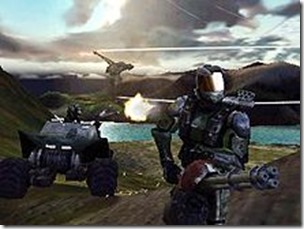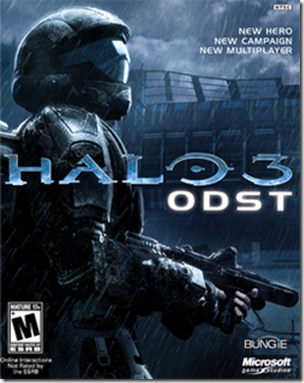Speaker: Sean Livingston (Senior Program Manager, Microsoft)
Developing a solid foundation for your users is critical to the success of your SharePoint Server 2013 deployment - in this session we'll share the major changes in how upgrade works in SharePoint Server 2013 and how to best take advantage of new capabilities to enable and deliver a smooth upgrade experience to your users.
This was a 400 level session that described in detail the various out of the box upgrade options that are available for SharePoint administrators. The fundamental message of the session was upgrade is “safer and faster.”
This session was in a huge room and it was almost full. In fact, the session was actually moved to a larger room and there were still people standing in the back. Here are my notes:
· Deferred site collection upgrade is the main new feature. I wrote a post about the deferred site collection upgrade option when the SharePoint 2013 preview was first released. My message in that post was that it’s a good feature, but don’t confuse “deferred” with “incremental.” This is not a feature that allows you to take, for example, one site out of a site collection and migrate it to 2013 while leaving the rest of the content on a 2010 server.
· In short, the deferred site collection upgrade allows SharePoint 2010 customers to “upgrade’ to SharePoint 2013 but still run site collections under the SharePoint 2010 code base. In other words, you have to upgrade the DB schema, but you can run 2010 site collections in 2013. This means--in principle--that custom code for SharePoint 2010 should just work and continue to work until you’re ready to upgrade the site collection. Once you do that, you’ll be running on the 2013 code base.
· Note that this is all at the site collection level—not on a sub-site by sub-site basis.
· Upgrade preview creates a copy. default is 100MB mac. that copy will actually be used is the site collection is upgrades. The size is configurable.
· Upgrade queue is used to control how many upgrade actions are happening at the same time. upgrade throttling. PowerShell upgrade commands will honour the upgrade queue unless you explicitly override it.
· Performance is about 5mins for a small site collection and can be as quick as 45 seconds. However, Sean was clear that, if your site collections were slow to upgrade last time; they will be slow to upgrade again. The “more stuff you have” the longer it will take. This includes features, numbers of sub-sites. it could take hours to upgrade (for “big and gnarly site collections”).
· You can run PowerShell commands to get all the site collections and pipe them into the upgrade queue so that they are all upgrades.
· get-spsite is now shown by default shows compatibility level in PowerShell commands
· get-spsiteupgradesessions info will show what’s going on the in queue on the server
· get-spsite | upgrade spsite is the basic upgrade command
· Sending email updates when site collections are queue and/or completed is an option. The default is to send mail if upgrade was UI initiated.
· Evaluation site collection creation uses SQL Server snapshots. if mirroring is being used, it won’t work.
· This process snapshots the whole DB regardless of how many site collections are in the DB. Then the site collection is cloned (in the original DB) with -eval added to the URL.
· Expiration date is set for evaluation copy. You can optionally added it to the upgrade queue. Then the snapshot is cleaned up.
· If you don’t have snapshot, a different process is used—a site collection backup. 85GB is the recommended max size for this option. Then backup is restored to a -eval URL. Then the backup is cleaned up.
· SharePoint 2013 does not support partially trusted code solutions. It still supports sandbox. Bin directory is full trust only.
· Claims authentication is now default for new web applications. The recommendation is to use claims mode exclusively. Existing 2010 claims providers would just work.
· If you delete s site and then upgrade the site collection(or apply a CU patch), the site recycle bin can now restore the site (by running the upgrade. This means recycle bin is now much safer.
· Cross farm services compatibility means now that you don’t have to do a big bang upgrade . 2013 federated services can be consumed by 2010 farm.
· Added in RTM is a maintenance window feature. These are called maintenance windows objects. many settings such as start, end, Duration. It also allows you to display a message to users about maintenance; that’s handy.






























